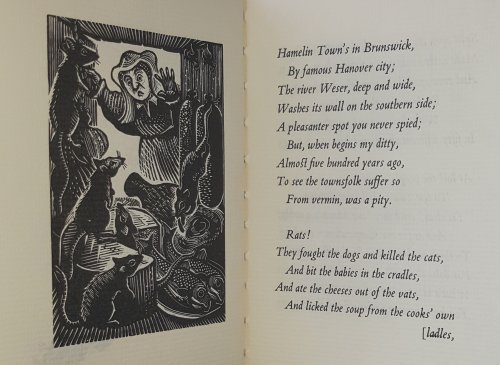
Although entitled The History of England this actually makes up quite a small proportion of this book which includes two pieces from Juvenilia, the other being Lesley Castle, both works were written when Austen was sixteen and show a remarkable talent even at such a young age. Jane Austen is not known for her comedic writing but both of these short works are very funny in completely different ways. This book was published as part of a set to mark fifty years of Penguin Classics in 1995.
The History of England
Subtitled “From the reign of Henry the 4th to the death of Charles the 1st, by a Partial, Prejudiced and Ignorant Historian” this certainly lives up to the initial billing. Jane’s prejudices are specifically pro Yorkist and later pro Stuart and hence very anti Lancastrian and Tudor. This means that Henry VI, Henry VIII and Elizabeth I come out of this rather badly whilst Richard III unusually for the time gets a rather reasonable write up solely due to him being from the House of York. It is best to give some idea of the style of Jane’s writing by quoting a section and I have chosen the opening paragraph on Henry VIII.
It would be an affront to my Readers were I to suppose that they were not as well acquainted with the particulars of this King’s reign as I am myself. It will therefore be saving them the task of reading again what they have read before, & myself the trouble of writing what I do not perfectly recollect, by giving only a slight sketch of the principal Events which marked his reign.
The complete disinterest in dates reminds me of the much later work by R J Yeatman and W C Sellar 1066 and all that, and I can’t help but wonder if they had come across the young Jane Austen’s effort before they wrote their larger but also funny summary of English history. The pictures used on the cover of this slim volume are the ones drawn by Jane’s sister Cassandra for the original manuscript of The History of England.
Lesley Castle
This much longer work is the start of an unfinished novel written in the form of letters between five ladies. There are ten letters and a short enclosed note in all in what was completed and I can only wish that she had written more as she has assembled such a disparate cast of characters that the interaction between them has so many possibilities. That there is also a wonderful bitchiness about the letters just adds to the amusement, I’d love to see it performed with each character reading out the letter as they wrote it with maybe the recipient reacting as though just reading it.
In such a short work we have Charlotte Lutterell being far more concerned with the potential waste of food that has been prepared for the wedding banquet of her sister. That the fact that the match is off because her sister’s fiancee has fallen off his horse and broken his neck is seen by her as a minor inconvenience, she also cannot understand why her concern over how they will eat all the food already prepared is not shared by her sister and the suggestion that at least some of it could be used for the funeral, whilst a practical suggestion, is not seen favourably by her. Her correspondence with Margaret Lesley, one of the two unmarried sisters living in the titular Lesley Castle also covers the surprise wedding of their widowed father and the subsequent difficult relationship between the girls and their new stepmother.
Margaret is apparently also incapable of regarding anybody else’s feelings as the extract below from the final letter between her and Charlotte when Margaret finally comes down to London from Lesley Castle which is up in Scotland.
In short, my Dear Charlotte, it is my sensibility for the sufferings of so many amiable Young Men, my Dislike of the extreme Admiration I meet with, and my Aversion to being so celebrated both in Public, in Private, in Papers, & in Printshops, that are the reasons why I cannot more fully enjoy the Amusements, so various and pleasing, of London. How often have I wished that I possessed as little personal Beauty as you do; that my figure were as inelegant; my face as unlovely; and my Appearance as unpleasing as yours! But ah! what little chance is there of so desirable an Event;
If asked to sum up Jane Austen’s well known novels in one word ‘humorous’ would be very low down on the list of possibilities, but these short works show that, at least as a teenager, she was possessed of a sharp and dark wit.














